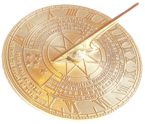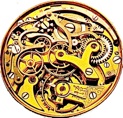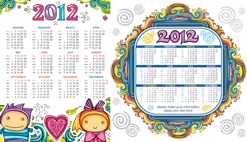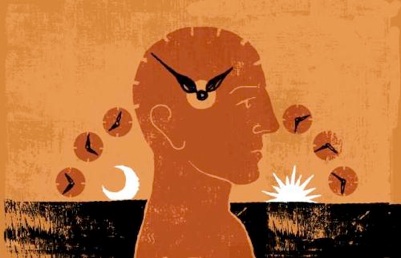Time or Maybe Not

Time may not exist, at least not as we’ve always thought of it. In our thoughts, time is as real as mass and energy. Not so fast! Maybe time does not exist as a reality in the world. Of the present, past, and the future, perhaps only the present, the now, actually exists. This would certainly give a new significance to carpe diem. Maybe the only realities are mass and energy, not time. In fact one physicist describes the world as a series of snapshots of nows. This could possibly throw a monkey wrench into the concept of time travel, and it seems that the math of physics works pretty well without time.
However, we are all keenly aware of the “nonexistent” time. Well, as rational beings we would surely be schizophrenic without the concept of time. We wouldn’t know if our actions or our reactions to them came first. We need the concept of time to live our lives in a rational manner.
Perhaps time does not exist as a reality, but our minds, apparently pretty clever machines, came up with the concept of time in order to make sense of our world. Of all the animals, man seems to have the most refined concept of time. Dogs can’t seem to be able to distinguish whether their masters have been away for five minutes or five days. On the other hand, rocks and other inanimate objects have no concept of time. For rocks, the only time that exists is now.




Clocks divide the days into 24 hours, the hours into 60 minutes, and the minutes into 60 seconds. How did this happen? Well, the Egyptians used duodecimal (base 12) and sexagesimal (base 60) numerical systems. They first just measured the 12 hours during the day which varied in length depending on the time of the year. Based on astronomical observations, they divided the night into 12 parts. A fixed length for hours only came into common employment with the invention of mechanical clocks. The Babylonians used sexagesimal (base 60) for their astronomical calculations. Minutes were not used to divide hours until near the end of the 16th Century.


Maybe the physicists who say time only exists now and that life is just a series of nows are correct. But man conceiving the concept of time is pretty remarkable. We record our personal histories in our memories: of course, some record our past nows are better than others. Man records his history, past nows, in verbal histories passed from generation to generation, by the written word recorded in books and newspapers and magazines and on the internet, etc., in pictures, drawn or recorded on canvas or paper or film or tape or disk. If we are wise, we use the recording of the past nows to assist us in predicting the future nows. Perhaps, we do all this without time even existing, other than now. If there are no real pasts or futures, only nows, we are the fathers of time, a concept created by man to make it possible to understand our world in a rational fashion.
Time, in the traditional accepted sense, may not actually exist, but we need the concept of time: past, present, and future. It’s pretty useful.
enough





